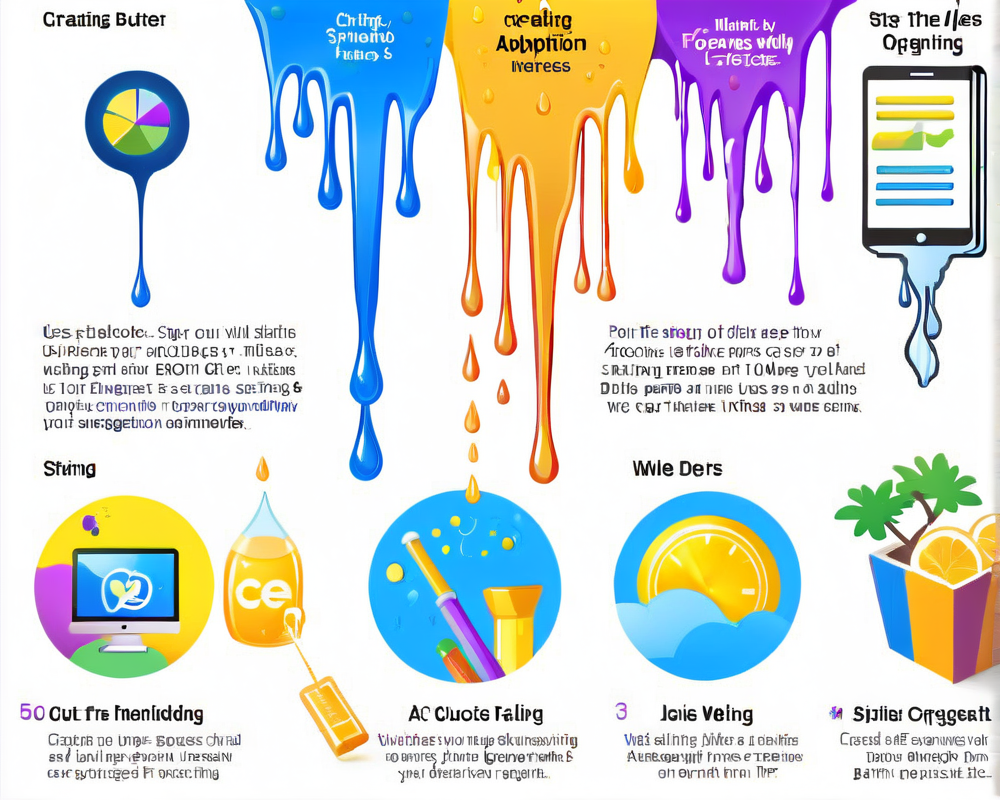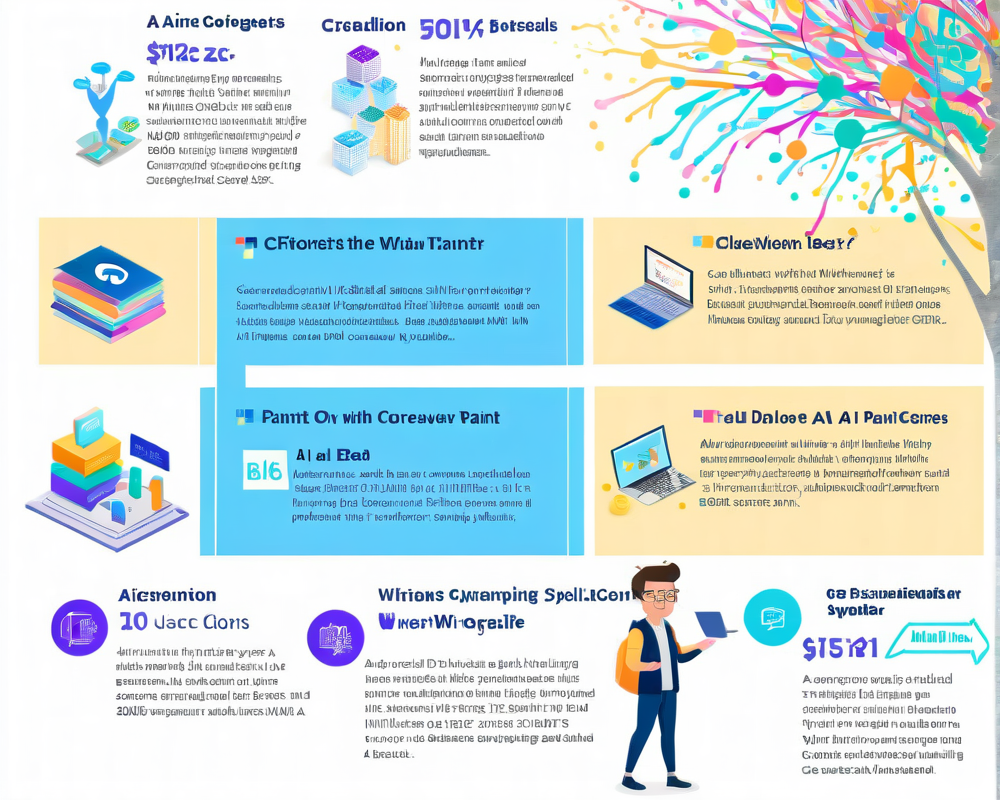Understanding the User’s Journey in Web3
The evolution of Web3 isn’t just about advanced technology; it’s about embracing a user-first mentality that blends both novelty and familiarity. For those diving headfirst into this digital frontier, user experience (UX) plays a significant role in transforming casual users into passionate advocates.
Embracing Simplicity for Widespread Adoption
As the great Brian D. Evans put it, we need to adopt the KISS principle—Keep It Simple, Stupid! A straightforward and engaging interface, rich in educational resources, could herald the future where millions seamlessly step into the world of cryptocurrencies. Why make it complicated when simplicity can rule the day?
Empowering Identity and Expression
Web3 is a brilliant canvas for self-expression and ownership. Sandy Carter highlights how personalized digital identities, like securing NFT domains, are crucial for users to feel a sense of belonging in this new arena. Imagine logging into a platform and being welcomed by your digital name instead of a long string of random characters!
Integrating Familiar Payment Methods
By incorporating popular payment providers such as PayPal and Google Pay, newcomers can feel secure while navigating their first digital wallet experience. Molly Glennon suggests this approach could lead to increased accessibility and trust—a crucial requirement for any mainstream platform.
The Vital Role of Clear Communication
Gabe Frank emphasizes that clearly articulating chain transactions can enhance the user’s confidence. If users understand their actions, they are more likely to engage without fear. So, let’s bid adieu to cryptic jargon and embrace clarity!
Designing for Real People
It’s essential to frame Web3 projects around the end user, not the technology alone. Vinita Rathi argues for a UI overhaul that focuses on illustrating the tangible benefits of Web3, making it relatable and understandable.
Keeping Users at the Heart of Design
Tim Mangnall advocates that knowing the target audience isn’t just a nice-to-have; it’s a game-changer. Projects tailored to specific interests in the Web3 space foster user retention and satisfaction.
Adapting to Technological Changes
Carmelia Ray notes the importance of keeping infrastructure updated, pointing out that a fluid approach to necessary changes is vital in the ever-evolving Web3 landscape. Regular polls and feedback from users can transform challenges into triumphs.
Scalability as a Cornerstone of UX
Yaoqi Jia stresses that scalability in UI can legitimize cryptocurrency, inviting greater adoption. Efficient processing shouldn’t come at the cost of user satisfaction; creating session wallets can help reduce complexities and enhance the experience.
Learning from Web2 Successes
Dev Sharma suggests that looking at what Web2 does right—like user-guided onboarding and intelligent chatbots—could significantly improve conversion for Web3 projects. Perhaps it’s time to borrow some tricks from the old school!
Injecting Fun into User Experience
Tim Haldorsson believes fun elements can lead to user engagement—think quirky avatars springing to life! These whimsical touches tell users, “Hey, we care about your experience!”
Educating Users on Their Responsibilities
In the wild world of Web3, the concept of personal responsibility grows exponentially. Erki Koldits argues for crystal-clear education about the ramifications of user actions, especially as business models shift and change.
Simplifying Interfaces with Options
Lastly, Sami Rusani suggests an intelligent design philosophy: a simplified UI paired with an ‘Advanced’ button could win over the overwhelm often tied to current projects. Let’s keep it intuitive while satisfying our tech-savvy users!
In closing, as we navigate the ocean of opportunities that Web3 presents, let’s anchor our designs in simplicity, empowerment, and genuine engagement. The future is here, and it’s user-friendly!




